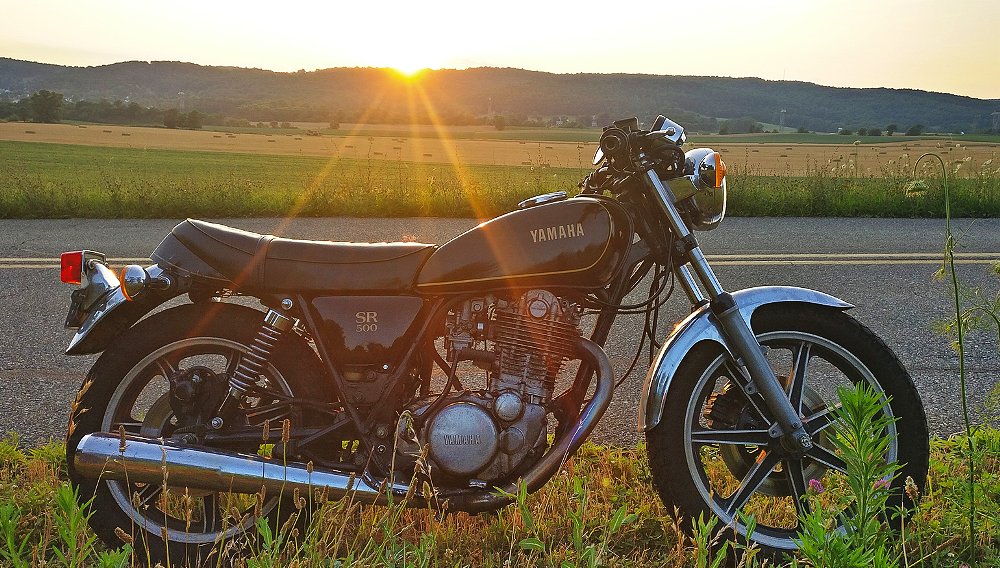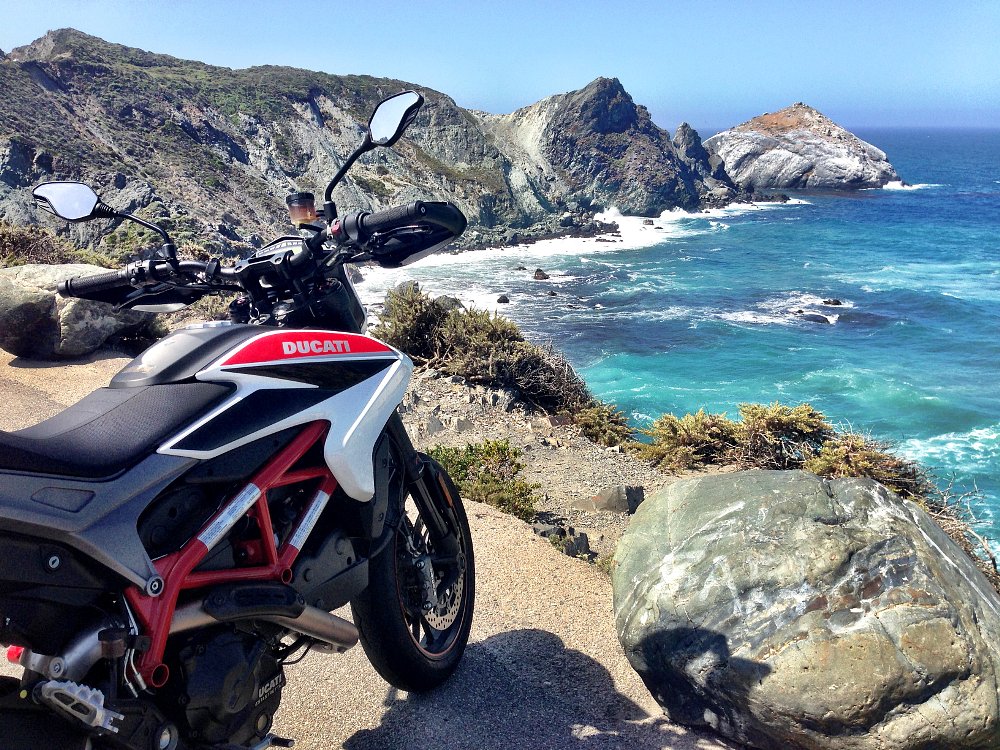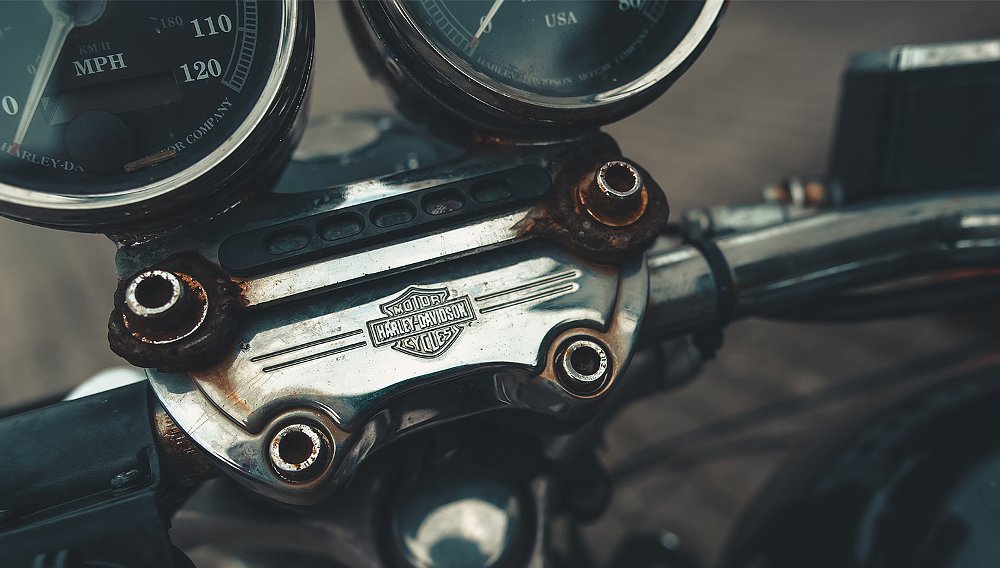Hi, I’m Jerry and I'm a Craigslist addict.
Even when I have a perfectly good motorcycle in the garage, I can't help browsing websites featuring bikes for sale. I'm mostly attracted to older bikes, especially ones I used to own. At the sight of an ad for, say, an old Honda 350 in decent shape, my eyes glaze over and I check my bookshelf for the service manual for the one I had years ago. As I leaf through its yellowed, oil-smeared pages, I'm transported back to a time when I had dark brown hair and knees that still bent.
Then I snap out of it, I remember the last time I "restored" a bike, and I put the manual back and resume wishful browsing.
It's then I realize I cruise the classifieds not to add to my stable of bikes, but to revisit my past glories — and follies — aboard certain motorcycles that left their mark on me.
Am I shopping or reminiscing?
The 1971 Honda CB500/Four was the first four-cylinder bike I'd ever ridden, and the first of any configuration with a disc front brake. It was smooth and quiet and I was grinning like a fool the first day I rode my brand new bike to work. The owner of the Yamaha dealership where I was a parts man at the time wasn't so amused. He fired me on the spot. The timely intervention of his mother, who was the shop's general manager, saved my job with the stipulation that I park the Honda out back, behind the shop, where the customers couldn't see it.
The CB500 was the first, and so far only, motorcycle I've ever crashed on the street. I peeled off the freeway, slowed as I approached the signal at the end of the off-ramp, and the next instant I was sliding down the road on my butt behind the CB500, which was grinding an oblong hole in the Windjammer fairing and throwing sparks off the two right-side mufflers. I jumped up, ran to the bike, hoisted it up on its wheels, and pushed it off the road to survey the damage. The fairing was toast, the mufflers and the throttle grip beyond redemption, and the right footpeg bent at an extreme angle. I rode it the final few miles to work and only then thought to check myself for damage, which amounted to a hole in the Levi's jacket I was wearing (all the denim, all the time) and under the hole a silver-dollar-sized patch of road rash on my elbow.
It was a nice motorcycle — nice, not great — but I doubt I’d actually enjoy owning another one. There's that whole tempting-fate thing, climbing back on the only bike I've ever crashed on the street. I'm too brittle these days to go sliding down on-ramps on my ass.
It's pretty rare to come across a Ducati Darmah SS in my browsing, but if I do, it really brings back memories. My 1979 Darmah stood out in the showroom full of agricultural-looking British bikes like a Maserati among Mack trucks. I was smitten, even though my wrists were aching after five minutes in the saddle while the salesman circled me like a hungry shark. My head said "No" but my heart screamed "Yes!" In the end, I fell for the Darmah — hard.
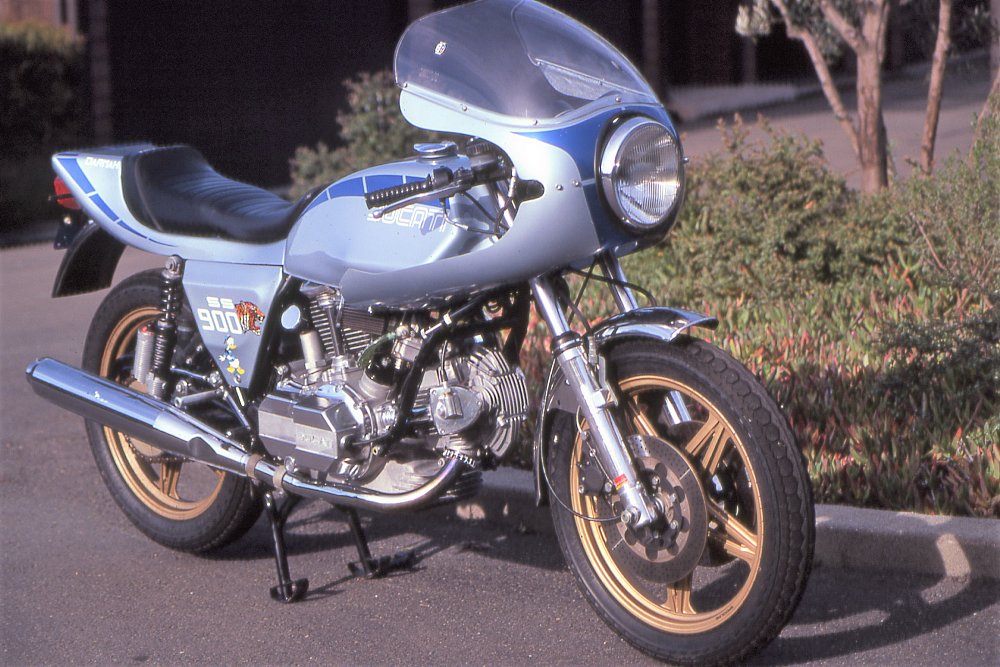
It had the best engine I'd ever ridden, and the worst everything else. The suspension was rock hard, the seat violated several clauses of the Geneva Convention, and adjusting the desmodromic valves was a task frustrating enough to reduce a saint to four-letter tirades. But the Duc pegged my riding buddies' envy meters, blinding me to its sheer unsuitability for any sort of casual riding. The only day of ownership happier than the one on which I bought the bike was the day I sold it. Even today I'm tempted by its sinuous curves and booming Contis, but the prospect of setting desmo valves again is more than enough to snap me back to reality.
I still perk up if I see an ad for a Yamaha XS750. I replaced the Darmah with a 1977 XS750 2D that was the opposite of the Ducati in every way — smooth, civilized, and comfortable — and its three-cylinder engine had as much character as the Duc's L-twin. My friends razzed me, saying I'd traded an Armani suit for jeans and a T-shirt, but they stopped laughing when I went faster on the Sunday Morning Ride aboard the Yamaha than I ever did on the Darmah. The bike just plain suited me, and I still remember it as one of my all-time favorites among the bikes I've owned.
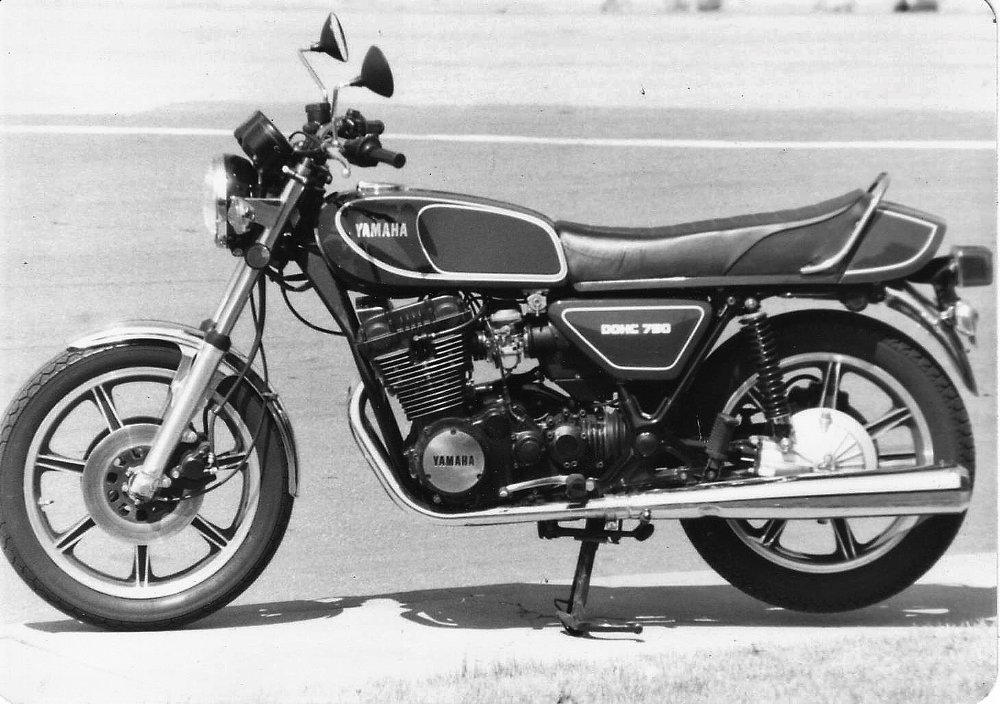
One thing it wasn't, though, was fast. By the time the Yamaha came into my life, I'd let my AMA roadracing license lapse, but my need for speed was still in full force. The shop I was working at took in a slightly used Honda CB900F and one afternoon I took it out for a ride. It was the Ducati all over again, an instant, all-consuming lust that ignored the perfectly fine bike I already had. I sold the Yamaha to a friend who sold it on and it went off my radar until the 900F was stolen and I needed a bike.
I tracked down my old Yamaha to a pizza cook in San Francisco named Leonardo. Yes, he still had the XS750, and yes, he'd be happy to sell it to me since he had let the engine get low on oil and it had seized solid. It was only then that I learned that model was prone to low-oil seizures, evidenced by the number of salvage yards that had XS750s with perfect chassis and blown engines. I regretfully passed on the purchase. But I keep watching the ads, because this is one I might actually buy again if the right one came along. Unlike some people, I know how to read a damn dipstick.
One of my old bikes you don't see for sale often — and usually with a higher price than what I paid for mine more than 35 years ago — is the Yamaha SR500. In 1985, I was between magazine jobs, scraping by in L.A. writing the occasional freelance piece for Cycle News, and my Camaro's engine was making scary noises. A friend back home in the Bay Area called to tell me about a sweet deal he'd found. A local BMW shop had taken a nearly mint 1978 Yamaha SR500 in trade from some guy in exchange for enough parts to restore an old boxer. The Yamaha had been sitting neglected in a corner of the showroom so long the shop just wanted it gone. The asking price was $750. Was I interested?
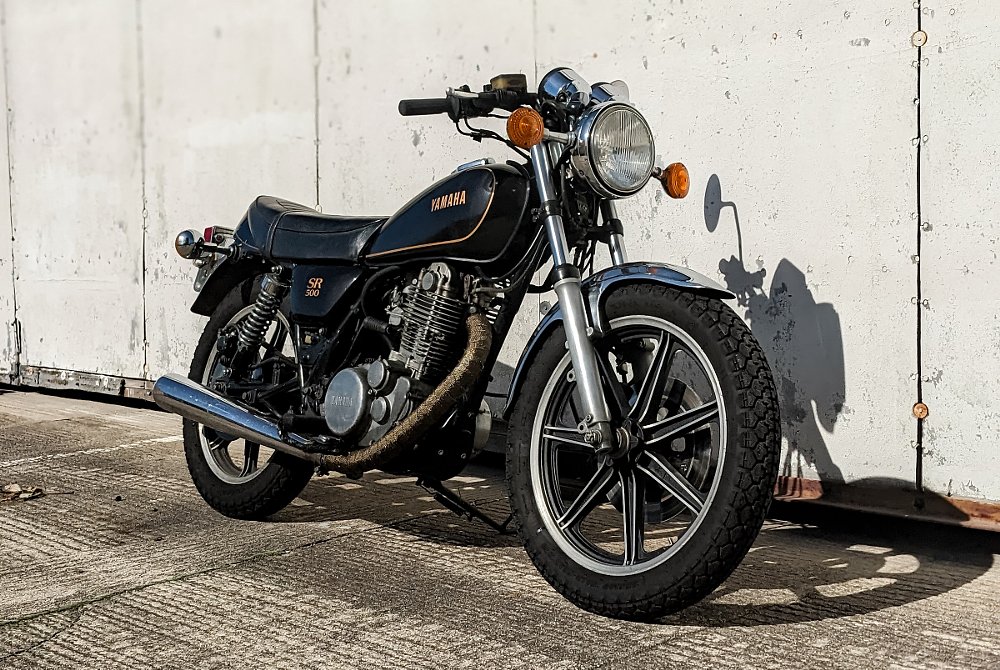
I was. Cut off from the test bikes at my last job, I was bikeless in L.A., which meant no lane-splitting, adding hours to any trip via freeways. The SR was in many ways the ideal of what a motorcycle should be. One cylinder, two wheels — the bare minimum needed to get the job done. Once I mastered the starting drill, I rode the SR everywhere, including to my job interview at Cycle Guide. I got the job, giving me access to another pool of shiny new test bikes, and the SR was retired to a corner of my garage, ridden only on weekends or between road tests. It was eventually squeezed out by another acquisition. I actually bought an SR500 basket case a few years ago but registration hassles forced me to let it go. I'm still kicking myself over that one.
The bike that elbowed the SR500 out of my garage was a 1982 Honda CBX. At a dinner with some Honda employees, I was lamenting that I'd missed out on the first wave of Honda sixes. One of them told me she walked past a dusty old 1982 every morning on the way to her office, and would I like her to ask if it's for sale?
It had been a district rep's bike, then was transferred to the service department where it was used to train in-house service techs. It had a dead battery and two flat tires, and for $2,200 it could be mine. There literally was not enough room in my tiny garage for it and the SR500, so the latter went on the block. The CBX followed me to Oregon when I fled Smogville for good, but the salty air near the coast nibbled away at its chrome, and with no garage at the house I was renting I installed it across town in a mini-store. That meant I had to finish every ride by 6 p.m. or get locked out.
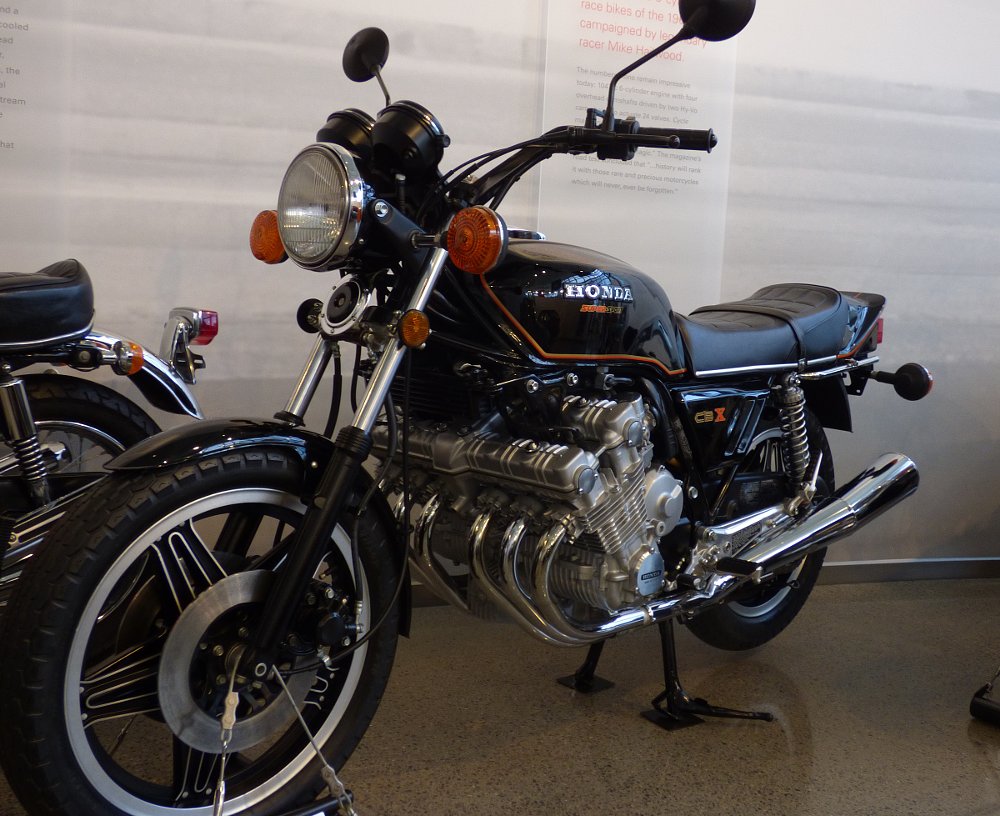
Between that and the constant polishing and waxing, I reluctantly put it up for sale. It was bought by a Japanese man who owned a helicopter company. He flew it back to its native land and for all I know restored it and put it in a museum. At least I hope he did.
The few CBXs I’ve seen for sale lately are priced way beyond my means, so it's unlikely I’ll ever savor that silky engine again, or hear that unearthly whine as the revs climb. But I can look at the pretty pictures on Craigslist and remember both.

 Membership
Membership






